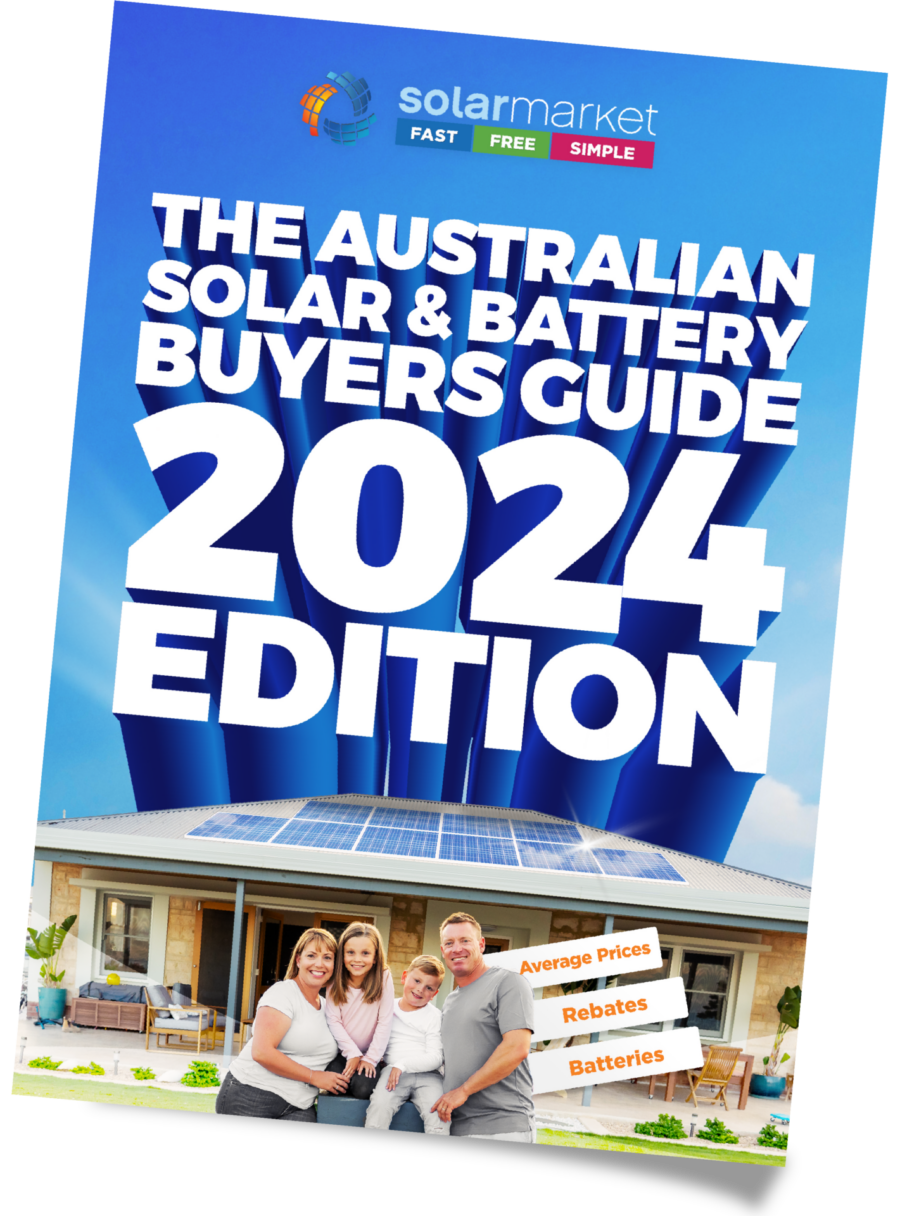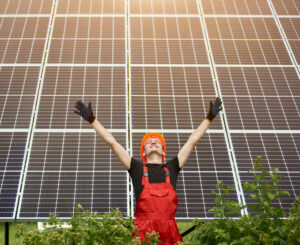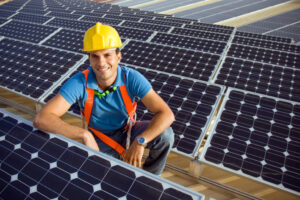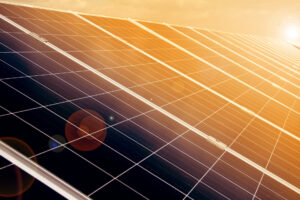Shading is something to absolutely avoid when we consider factors that’ll affect your solar systems production. The reason being is that it has a massive impact on your production – even with what you might think it’s only a little bit of shading. This is especially true of both mono and poly crystalline panels, which are the most common kind of panel installed in the world.
So, by massive impact, how large are we talking about?
Where the shading is on the panel makes a big difference on what sort of effect you’ll see. Electrically, the majority of PV panels are divided into 2 ‘zones’, although some of the larger panels maybe divided into 3 ‘zones’.
The separation of the 2 ‘zones’ looks like this:

If we get shading on just one of those zones then the effect isn’t as bad. However, even partially shading that one zone can lead to a reduction in output of up to 60%.
Worse still is if the shading affects both zones at once, for example shading the bottom of the panel. In these cases even just shading the bottom row of cells would reduce the total power output of the panel by 90-95%.
In a typical solar system with a central inverter, a string of panels is limited by the worst performing panel. So if one of your panels is shaded that reduces the whole output of that string.
Now, with all that said, it can sometimes be impossible to not have some shading on your panels, particularly in early morning or late afternoon. If the shading is at these times then it’s not so bad. The early morning and late afternoon are low production times of the day anyway, so taking 90% off that isn’t going to have a huge affect on your daily output.
However, if you’re getting shading in the middle of the day then that’s a big concern and you should definitely look at taking steps to avoid/remove that shading object.










